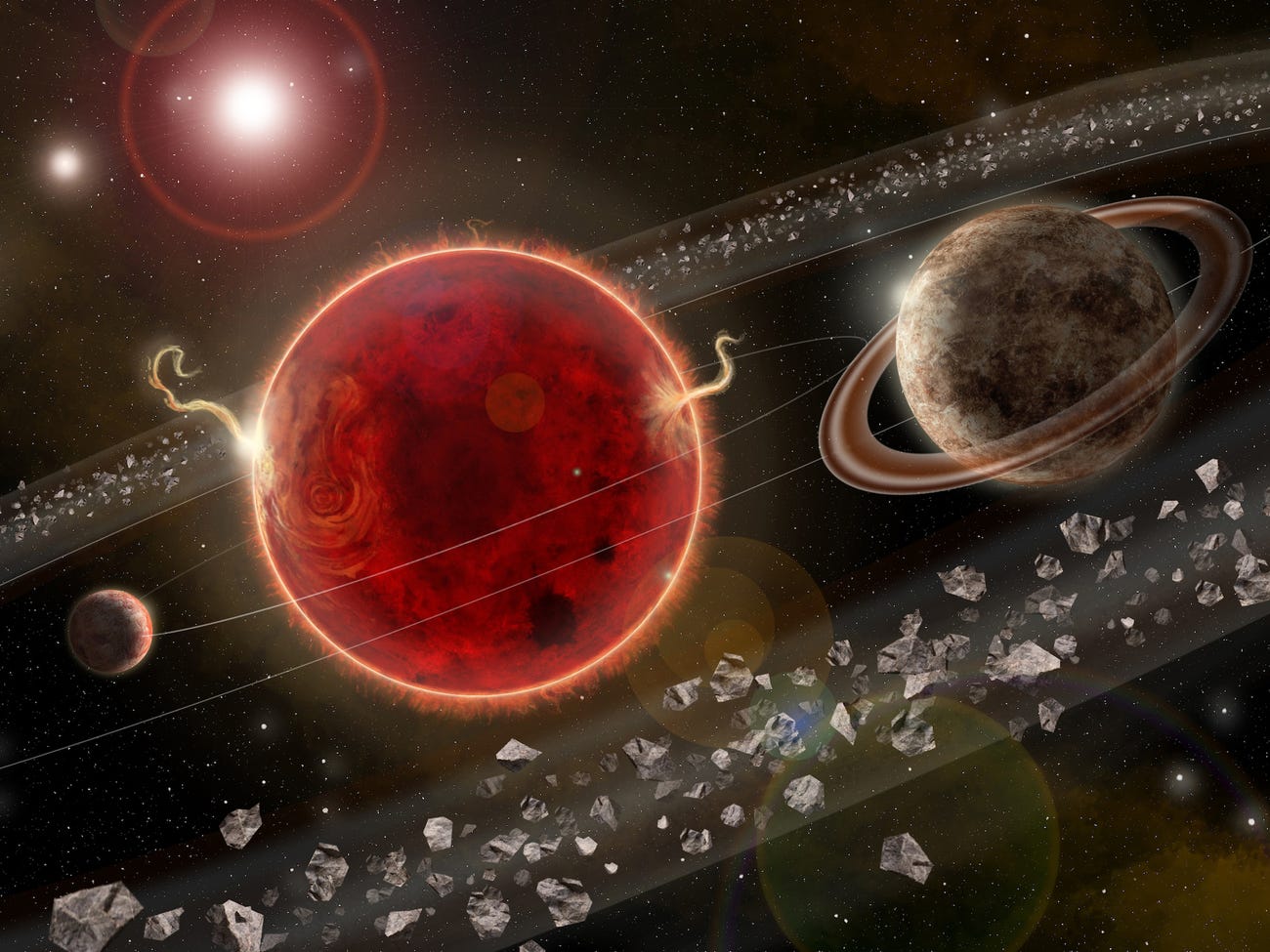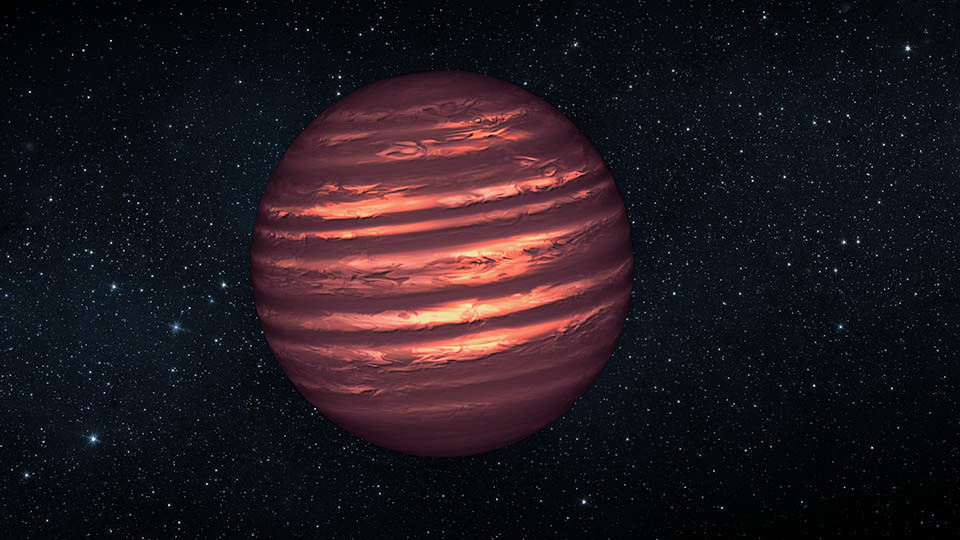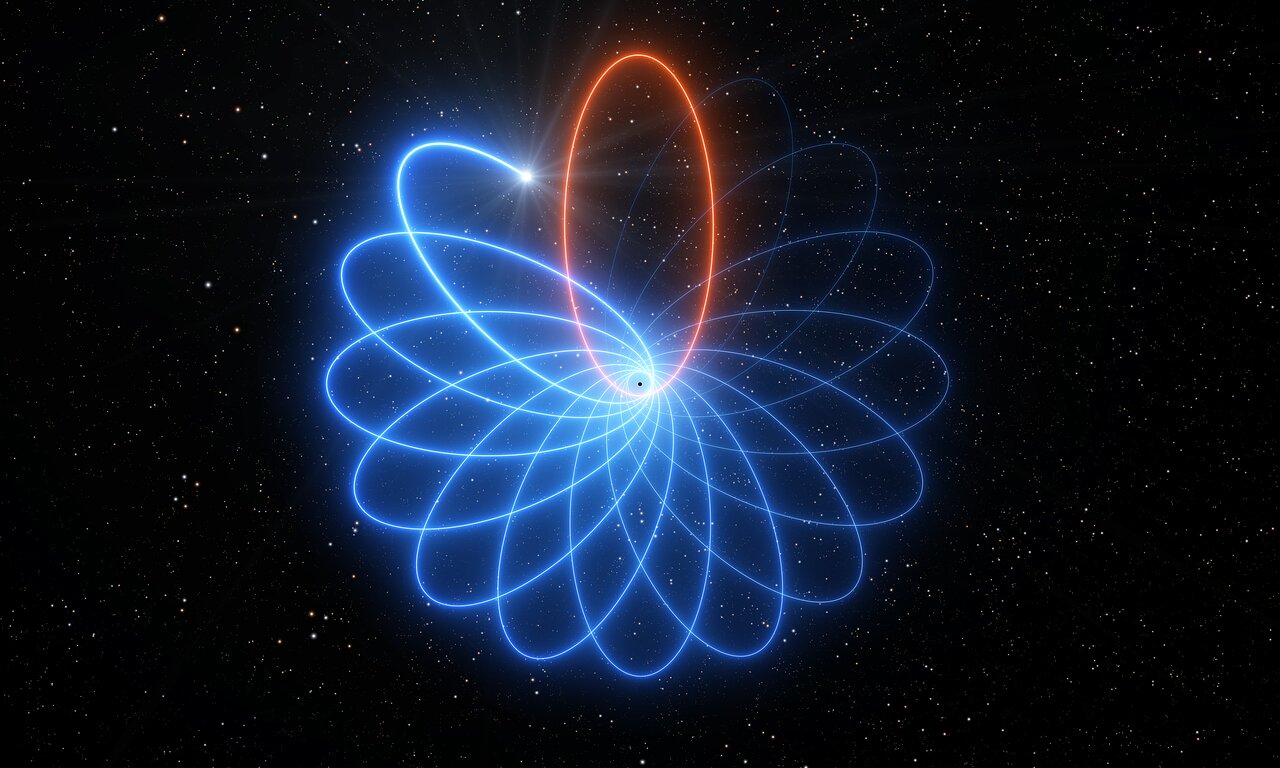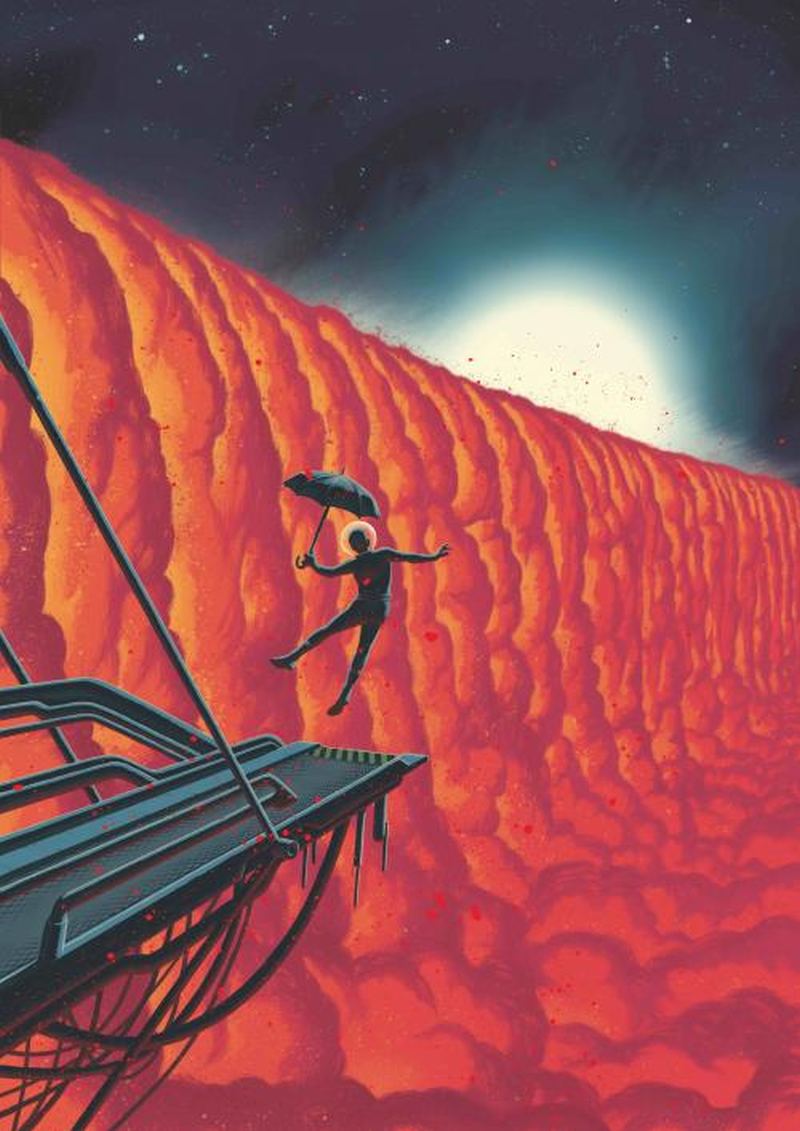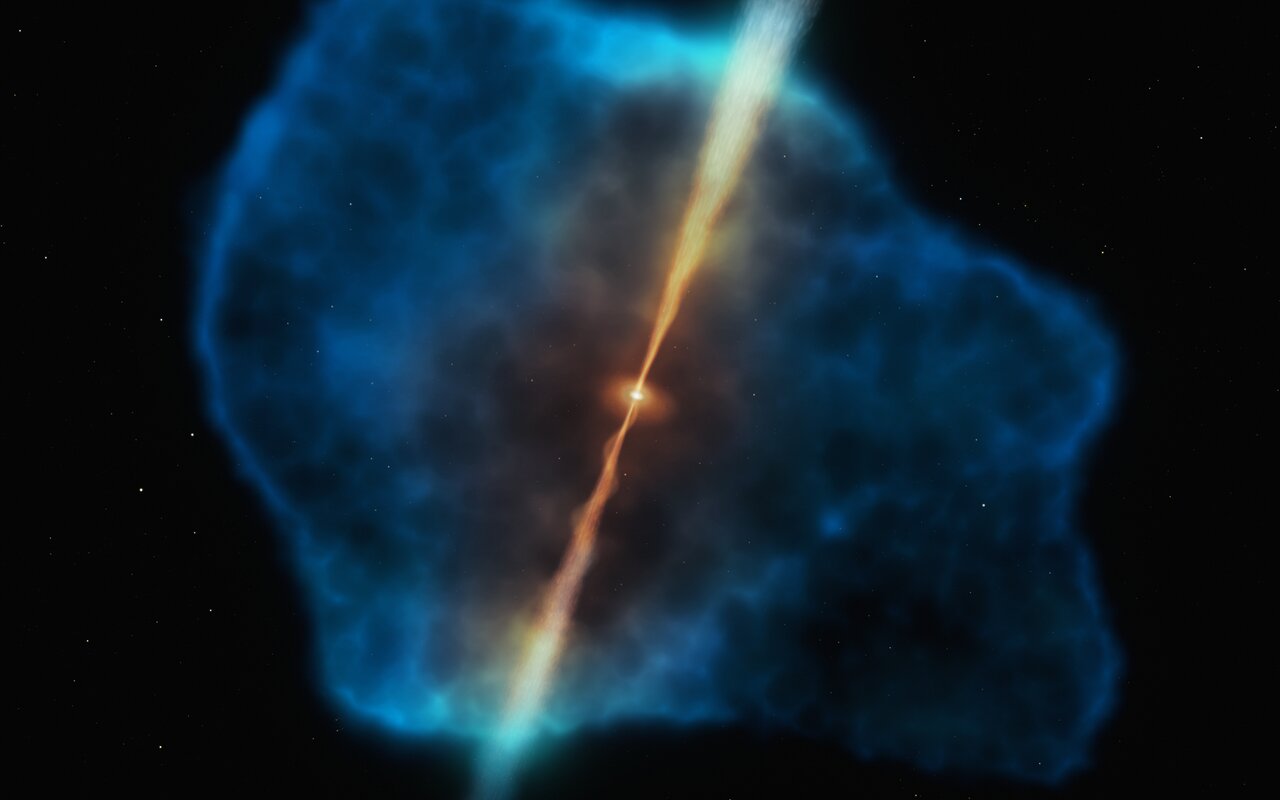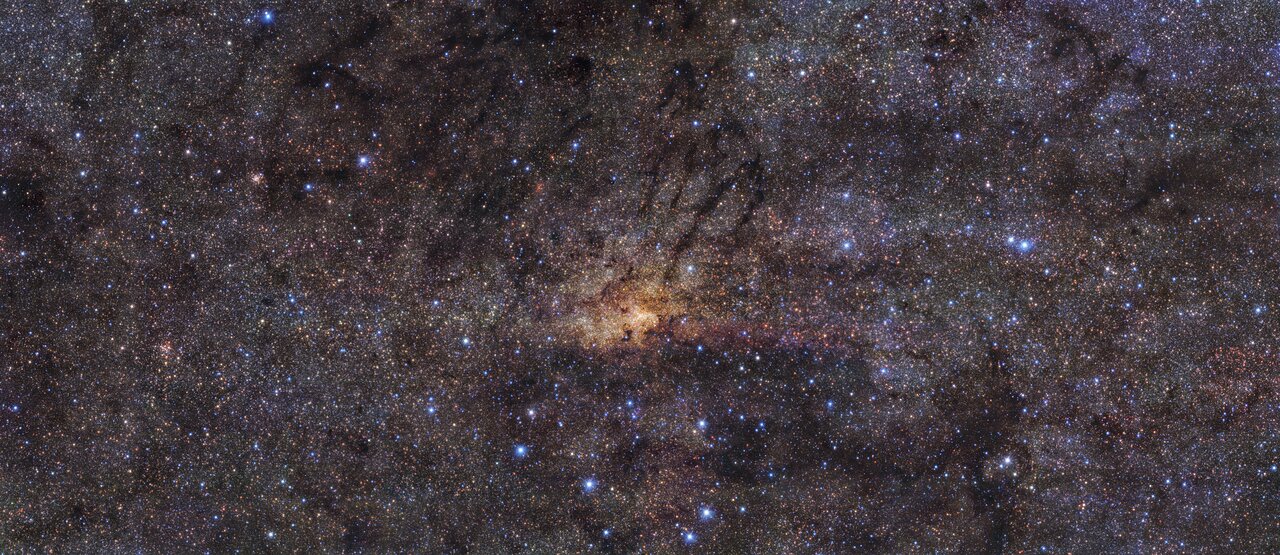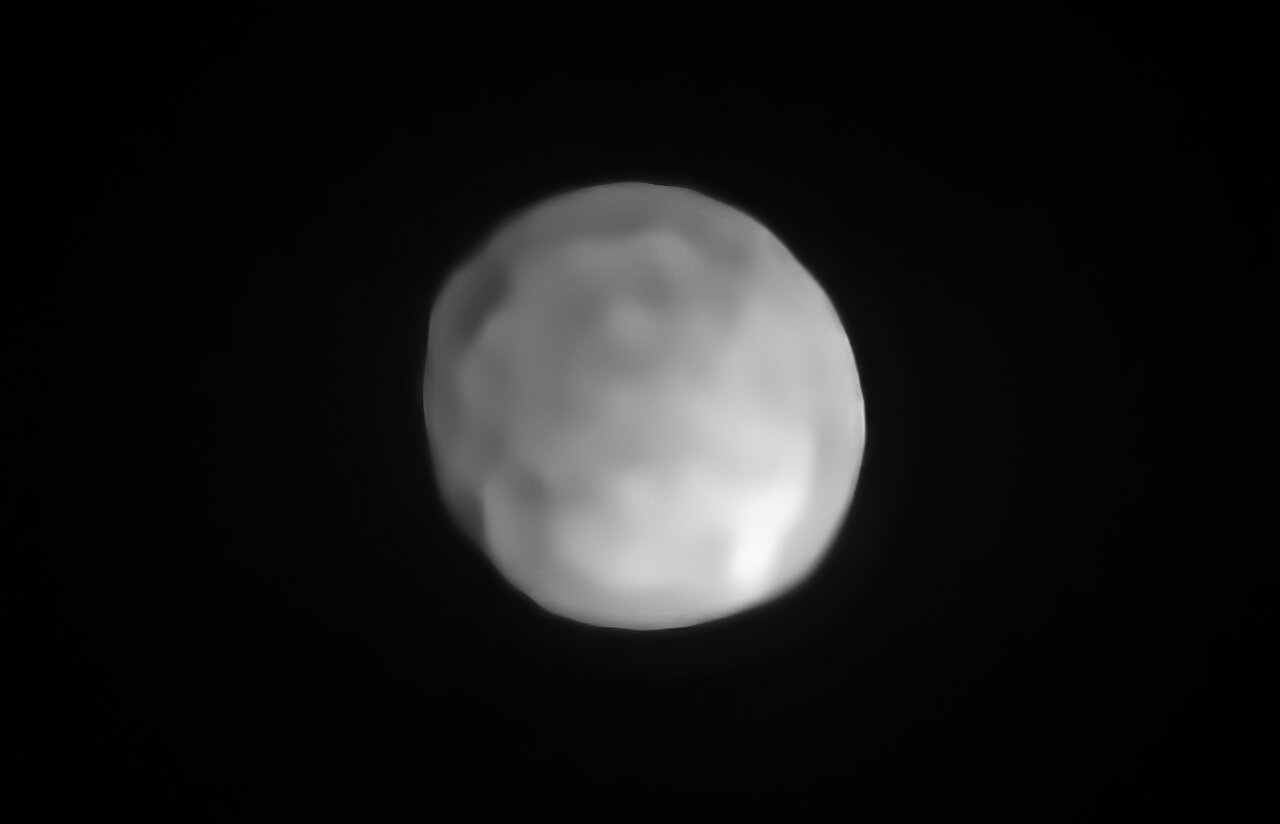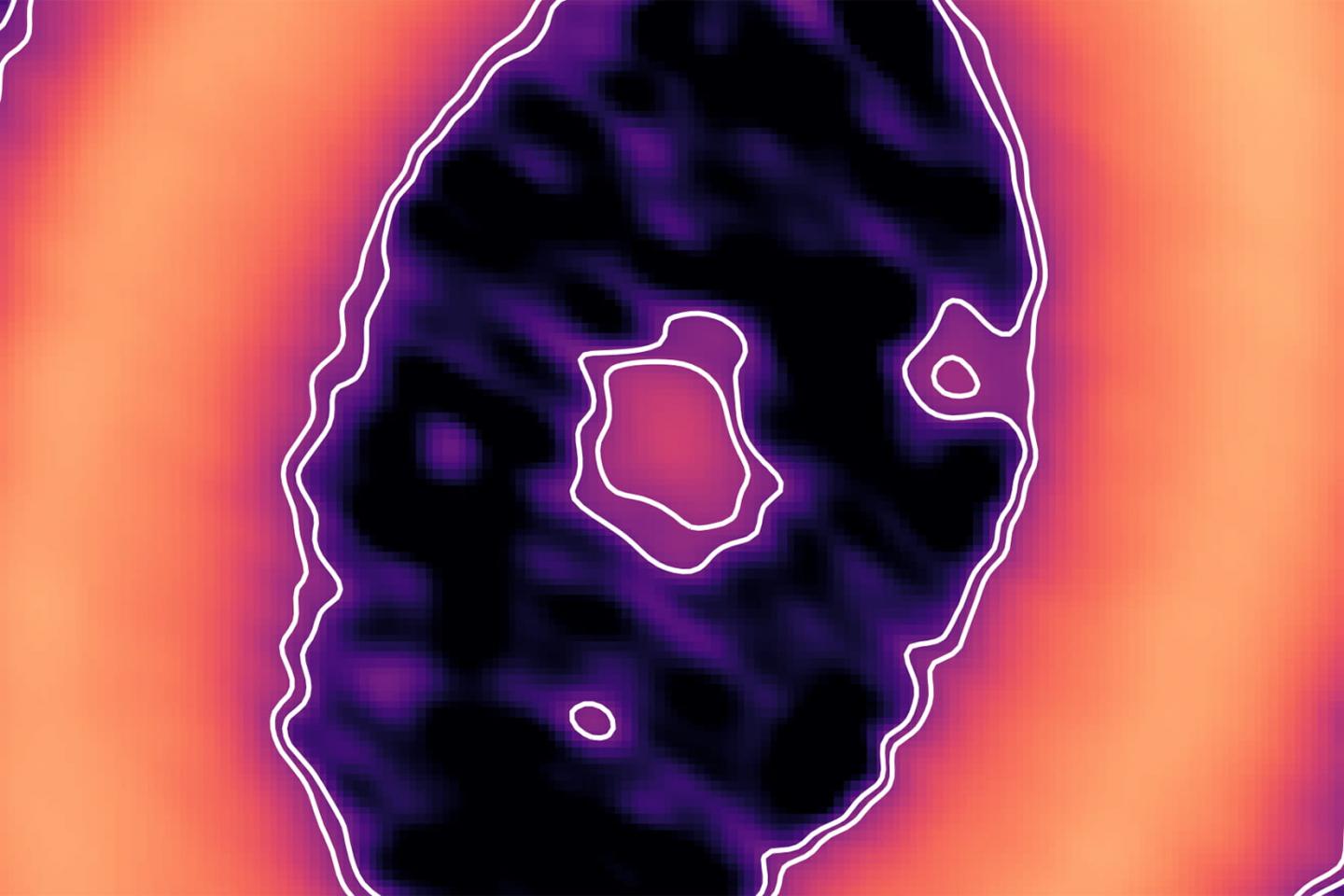Our closest stellar neighbour is Proxima Centauri, a small red dwarf star about 4.2 light years away from us. It’s the third member of the Alpha Centauri group, and even though it’s so close, it can’t be seen with the naked eye. In 2016 astronomers discovered a planet orbiting Proxima Centuari, named Proxima Centauri b. That planet was confirmed only a few days ago.
Now, astronomers have confirmed the existence of a second planet, Proxima Centauri c.
Continue reading “A 2nd Planet has been Confirmed for Proxima Centauri”
